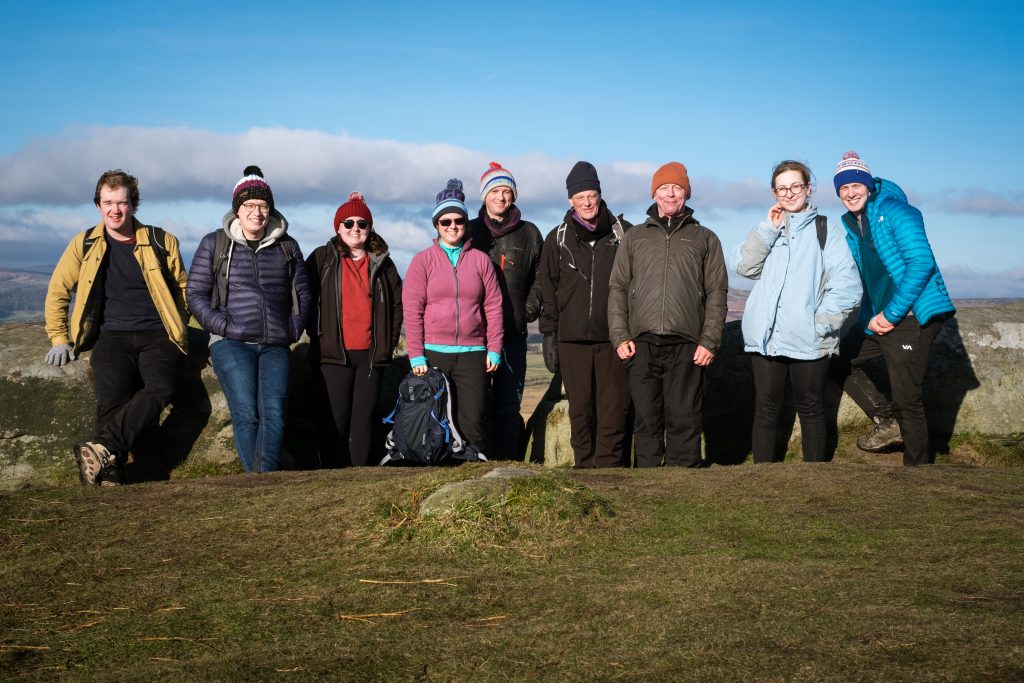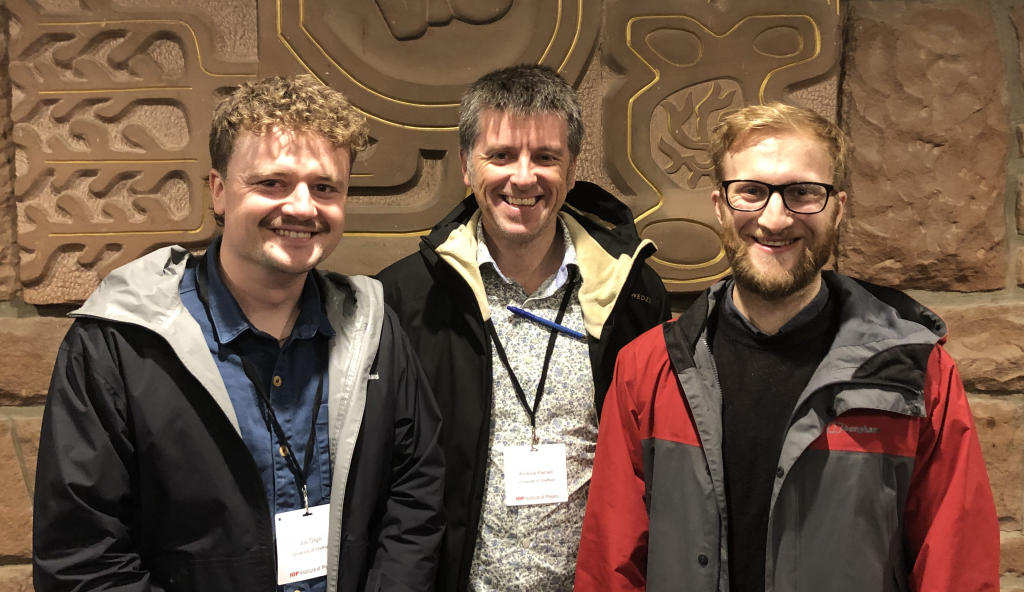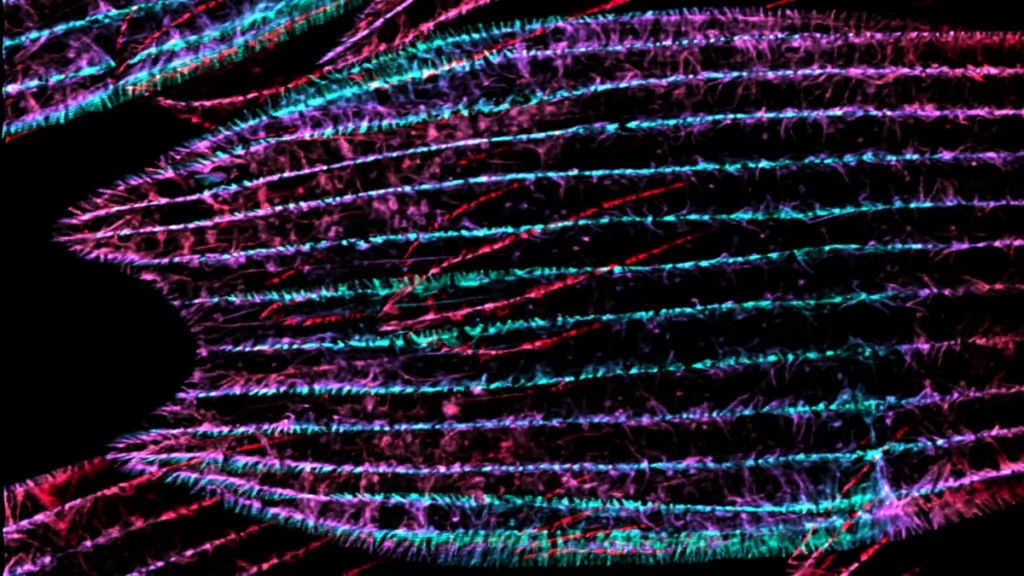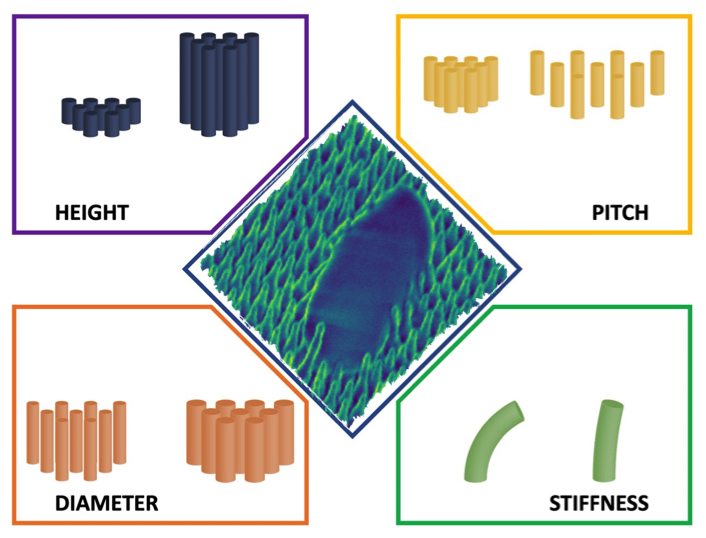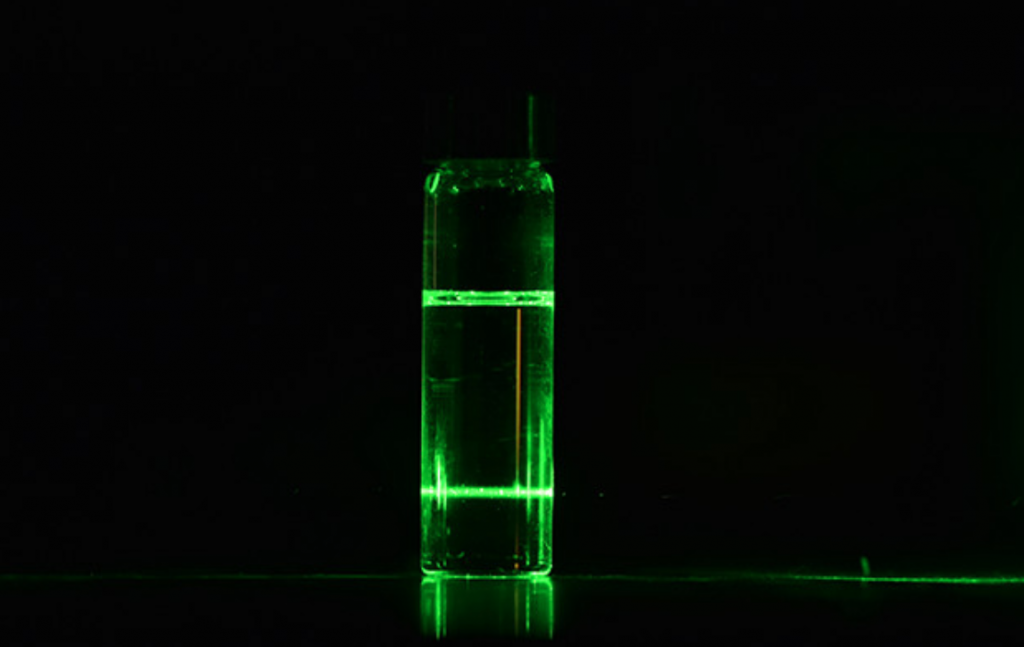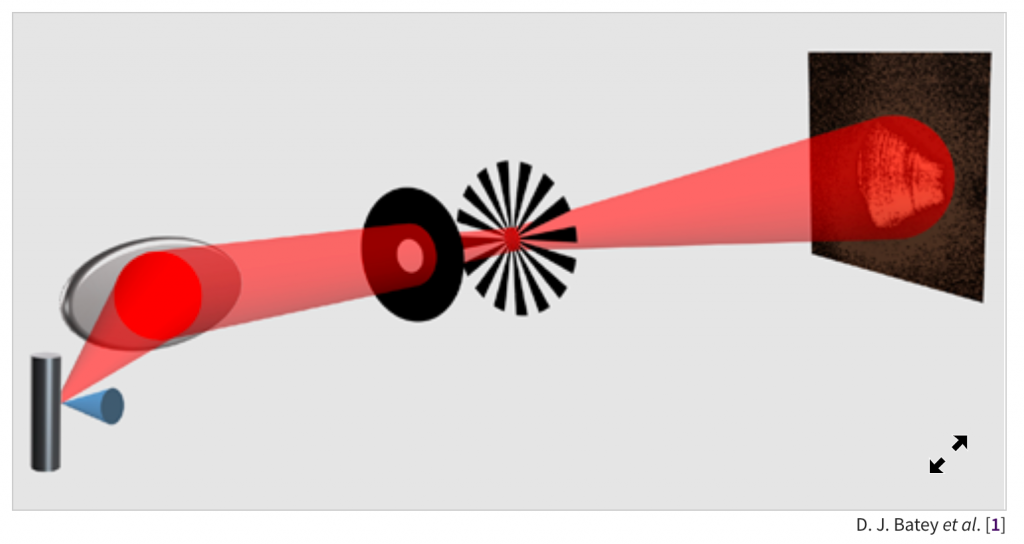It’s wonderful to see the fantastic series of papers published by our former group member, Dr. Rachel Kilbride, now based at the ESRF in Grenoble, France. During her PhD, Rachel focused on the study of organic solar cell blends using both neutron and X-ray scattering techniques, with a strong emphasis on stability and morphological changes. She worked closely with Dr. Emma Spooner—who was also at the University of Sheffield at the time, completing her PhD under the supervision of Prof. David Lidzey— Emma now works at the University of Manchester.
The first paper (link here – https://onlinelibrary.wiley.com/doi/full/10.1002/smll.202311109 ) investigates how solvent additives influence the nanomorphology and stability of organic solar cell blends, comparing fullerene- and nonfullerene-based systems. Using small angle neutron scattering (SANS), the team studied films processed with DIO and tracked their structural evolution over time. To enable this, a deuterated NFA material (ITIC-d52) was synthesized in collaboration with Dr. Ana Charas and Dr. Gabriel Bernardo. The results show that DIO induces more pronounced phase separation in NFA systems, and that both systems exhibit domain coarsening after long-term aging.
The second (link here – https://pubs.acs.org/doi/full/10.1021/acsaem.4c01272 ) focuses on improving the photostability of organic solar cell blend films, a key factor for long-term device performance. By comparing blends of PBDB-T with either PC₇₁BM or ITIC, the study reveals that the solvent additive DIO has very different effects on morphology and stability. Notably, DIO is retained about 10 times more in ITIC-based films. While high DIO levels reduce stability in encapsulated ITIC devices, the presence of oxygen surprisingly reverses this effect—DIO actually enhances device lifetime. With 3% DIO, the operational lifetime (T80) of ITIC-based devices doubles, indicating that DIO-induced morphological changes may mitigate photo-oxidative degradation.
The third and most recent (link here – https://pubs.acs.org/doi/abs/10.1021/acsami.5c04713) paper examines how vertical segregation within organic solar cell films affects device performance and stability. Using neutron reflectivity, the study compares PBDB-T:PC₇₁BM and PBDB-T:ITIC blends processed with varying amounts of DIO. Both systems show acceptor enrichment at the hole transport layer interface, but this effect is significantly stronger in ITIC-based films, where nearly pure ITIC accumulates. Increased DIO levels intensify segregation, especially in ITIC systems, leading to broader interfaces and morphological imbalance. Simulations reveal that this extreme segregation can cause nonideal ‘S-shaped’ JV curves and contribute to long-term device degradation. These findings underscore the importance of controlling vertical composition to ensure both immediate performance and lasting stability.
